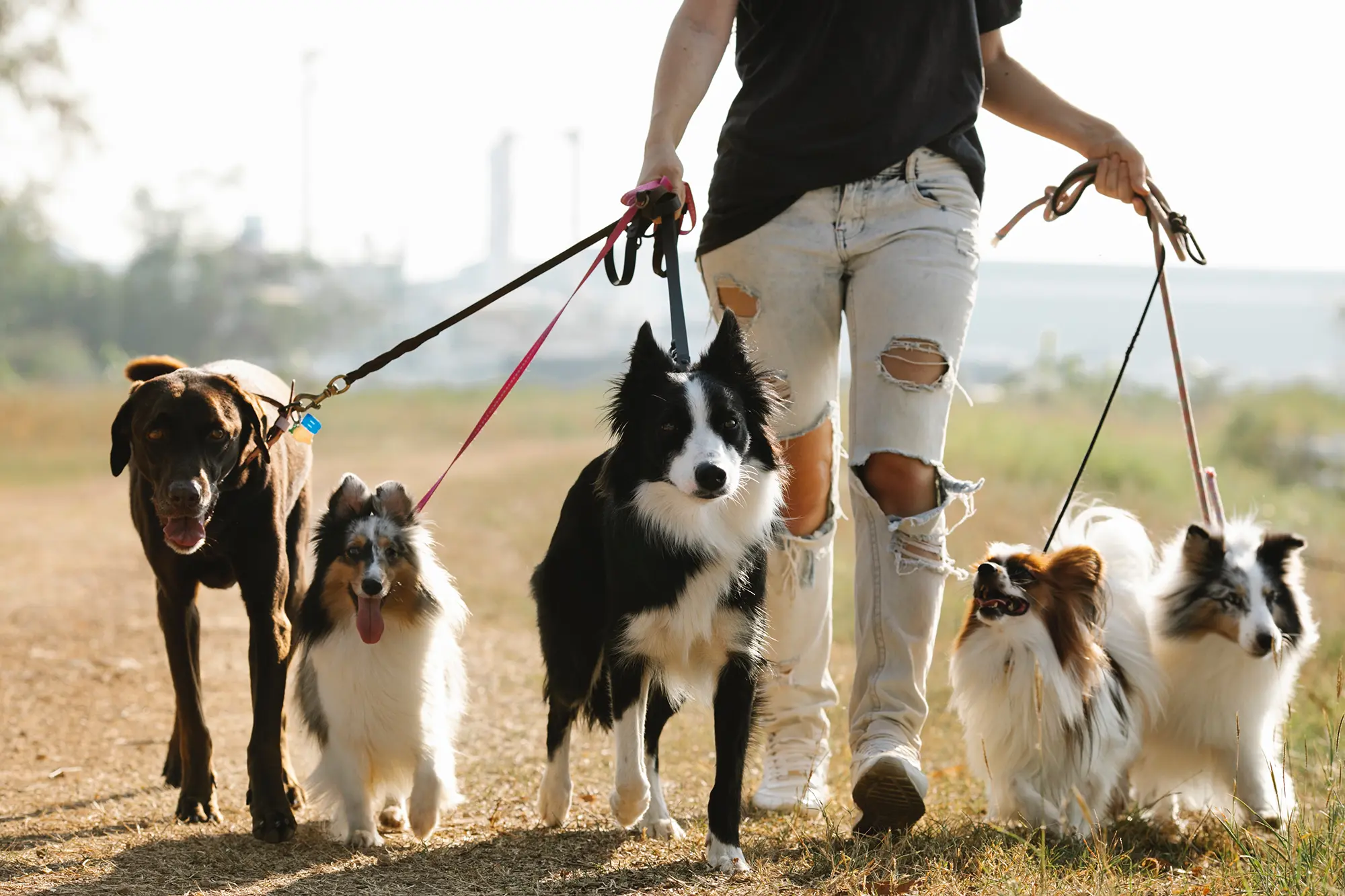what your dog’s poop color and texture can tell you
Author: PawPots Team
 17 Sep 2024
17 Sep 2024
 3 min
3 min 1. Brown
What it indicates: Brown is the color you want! It means your dog’s digestion is running smoothly.
Possible causes: A balanced diet with enough fiber and nutrients.
Why your dog stopped eating
2. Green
What it indicates: Green poop could mean your dog has eaten grass or veggies. It could also signal a stomach infection or parasite.
Possible causes: Eating grass, vegetables, or an infection. Check with your vet if it continues.
3. Black or Dark Brown
What it indicates: Dark or black poop can be a sign of bleeding in your dog’s digestive system, usually from the stomach or small intestine.
Possible causes: Stomach ulcers or internal bleeding. If you see black poop, contact your vet.
4. Red or Blood-Streaked
What it indicates: Fresh blood in your dog’s poop usually means there's an issue in the lower digestive tract, like the colon or rectum.
Possible causes: Inflammation, anal gland problems, or injury. Call your vet if you notice red streaks.
5. Yellow or Orange
What it indicates: Yellow or orange poop can be a sign of liver issues or problems with bile production.
Possible causes: Liver disease, bile duct issues, or a food allergy. If it continues, see your vet.
6. Gray or Greasy
What it indicates: Gray or greasy-looking poop could mean your dog isn’t breaking down fats properly, possibly due to a pancreas problem.
Possible causes: Pancreas or digestive issues. This requires a vet’s attention.
7. White Spots or Specks
What it indicates: White spots could mean your dog has worms or parasites.
Possible causes: Tapeworms or other parasites. Visit the vet for deworming treatment.
Brewer's Yeast benefits for Your Dog
Poop Textures and What They Mean: 1. Firm and Log-Shaped
What it indicates: This is what healthy poop should look like! Firm and easy to pick up, it’s a sign of good digestion.
Possible causes: A healthy diet and good digestion.
2. Soft but Formed
What it indicates: If the poop is soft but still holds its shape, your dog might be adjusting to a new food or experiencing mild stress.
Possible causes: A change in diet or mild stress. It’s not a problem unless it persists.
3. Mushy or Loose
What it indicates: Mushy poop that loses its shape could mean your dog’s stomach is upset or inflamed.
Possible causes: Overeating, a change in diet, or a mild infection. If it lasts more than a day or two, call your vet.
4. Watery or Diarrhea
What it indicates: Diarrhea can be caused by a variety of things, from food issues to more serious infections. If it lasts more than 24 hours, it's time to call your vet.
Possible causes: Food intolerance, infection, or stress.
5. Dry and Hard
What it indicates: Hard poop might mean your dog isn’t getting enough water or fiber.
Possible causes: Dehydration or not enough fiber in the diet. Make sure your dog drinks plenty of water and try adding more fiber to their meals.
6. Mucus in Poop
What it indicates: A small amount of mucus is normal. But if you see a lot of mucus, it might mean your dog has inflammation or an infection.
Possible causes: Inflammatory bowel disease, infection, or parasites. See a vet if you notice a lot of mucus.

Give Back The Love
Show your love to your pets with our high-quality, delicious and healthy meals! Show your love to your pets with our high-
quality, delicious and
healthy meals!




